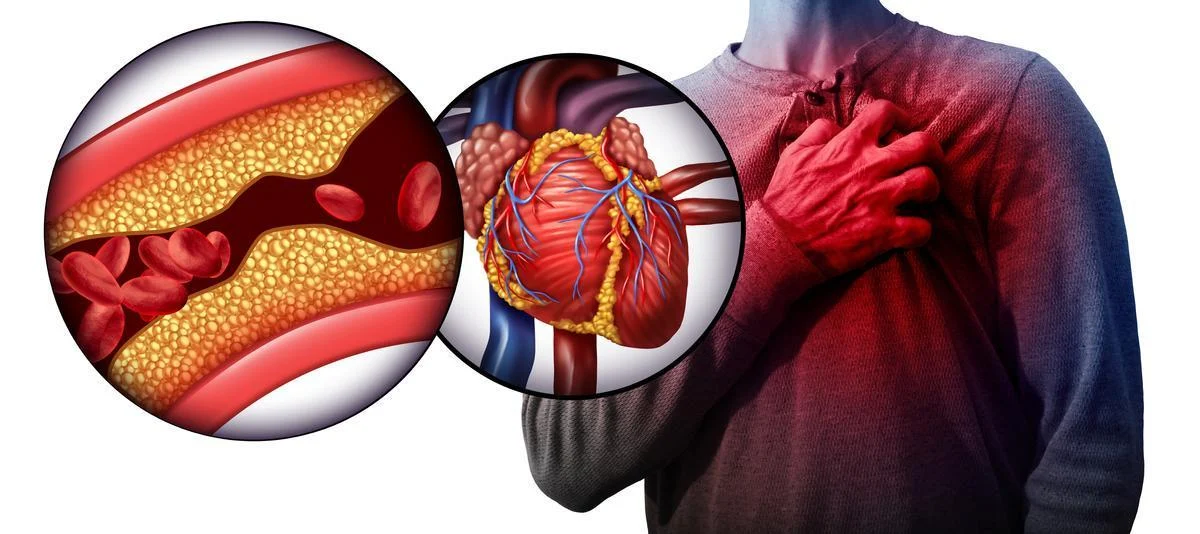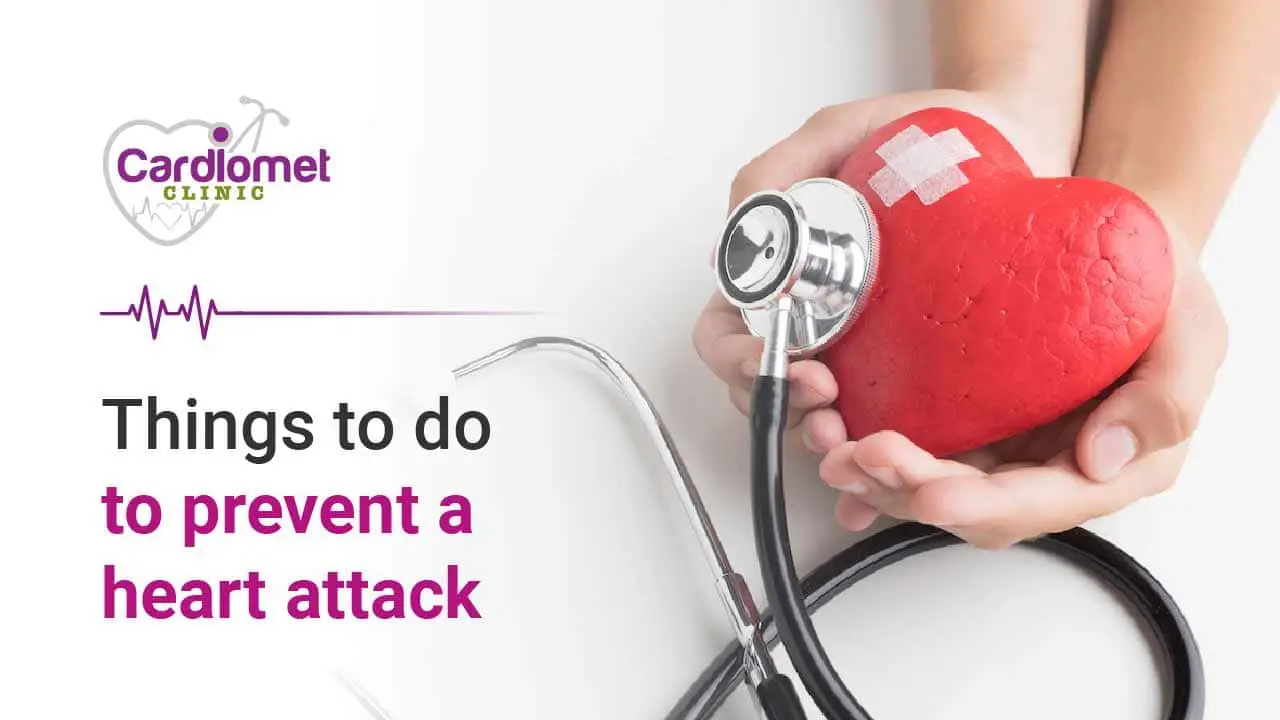What are the Methods of Catheterization?
Whether you have personally experienced it or know someone who has, heart disease is one of the leading causes of death across the Globe and can significantly alter a person's quality of life. One common Treatment for certain heart conditions is catheterization, which involves inserting a long, thin tube known as a catheter into your blood vessels to diagnose and/or treat issues related to the cardiovascular system.
For those affected by heart problems, understanding the process involved in catheterization may help them feel more informed and prepared when seeking medical care. In this blog post series, we'll explore what methods are often used during this procedure so patients know exactly what to expect going forward.

Methods of cardiac catheterization
Catheterization is a procedure often used to diagnose and/or treat heart problems. It involves inserting a thin, flexible tube called a catheter into an artery or vein in the body, usually through an incision near the groin area.
For Angioplasty Treatment in Pune, you can trust the expertise of Dr. Abhijeet Palshikar. The procedure involves using a thin, flexible catheter to navigate through the blood vessels and capture images of the heart's anatomy, along with conducting diagnostic tests.
Moreover, when necessary, the catheter can also be used to directly administer medications or treatments to the heart, based on the specific requirements of the treatment.
The three main methods of catheterization:
Percutaneous Transluminal Coronary Angioplasty (PTCA)
- Procedure: PTCA is a minimally invasive procedure used to treat coronary artery disease (CAD) by opening narrowed or blocked arteries that supply blood to the heart. The procedure involves inserting a catheter with a deflated balloon at its tip into an artery (usually in the groin or wrist), guiding it through the blood vessels to the affected coronary artery, inflating the balloon to compress the plaque and widen the artery, and possibly placing a stent to keep the artery open.
- When it is recommended: PTCA is recommended for patients with significant CAD who experience symptoms such as chest pain (angina), shortness of breath, or fatigue during exertion. It may also be performed as an emergency treatment for patients experiencing a heart attack due to a blocked coronary artery.
- Risks: Some potential risks associated with PTCA include:
- Bleeding or hematoma at the catheter insertion site
- Infection
- Damage to blood vessels or the heart
- Heart attack or arrhythmia during the procedure
- Allergic reaction to contrast dye or medications used during the procedure
- Kidney damage due to contrast dye
- Restenosis (re-narrowing) of the treated artery
- Blood clot formation within the stent (stent thrombosis)
- Benefits: The benefits of PTCA include:
- Relief from angina and other CAD-related symptoms
- Improved blood flow to the heart muscle
- Reduced risk of heart attack
- Minimally invasive compared to open-heart surgery
- Faster recovery time


Atherectomy
- Procedure: Atherectomy is a minimally invasive procedure used to remove plaque from the walls of an artery. It involves inserting a catheter with a specialized cutting or grinding device at its tip into an artery (usually in the groin or wrist), guiding it to the affected site, and removing the plaque to restore blood flow.
- When it is recommended: Atherectomy is typically recommended for patients with CAD who have significant blockages in their coronary arteries that are not suitable for treatment with angioplasty alone or when angioplasty has failed. It may also be used for peripheral artery disease (PAD) to treat blockages in the leg arteries.
- Risks: Some potential risks associated with atherectomy include:
- Bleeding or hematoma at the catheter insertion site
- Infection
- Damage to blood vessels or the heart
- Heart attack or arrhythmia during the procedure
- Embolization (plaque particles breaking off and traveling through the bloodstream)
- Restenosis of the treated artery
- Benefits: The benefits of atherectomy include:
- Improved blood flow through the treated artery
- Relief from angina and other CAD- or PAD-related symptoms
- Minimally invasive compared to open-heart surgery
- An alternative treatment option when angioplasty is not suitable
Patients in Pune seeking an alternative treatment option when angioplasty is not suitable can rely on the expertise of Dr. Abhijeet Palshikar, and Angiography specialist in Pune at Cardiomet Hospital. He offers minimally invasive procedures compared to open-heart surgery, ensuring quicker recovery and reduced invasiveness for his patients.
Intravascular Ultrasound (IVUS)
- Procedure: IVUS is a diagnostic imaging technique that uses a specialized catheter with a tiny ultrasound probe at its tip to visualize the inside of blood vessels. The catheter is inserted into an artery (usually in the groin or wrist) and guided to the area of interest, where high-frequency sound waves create detailed images of the vessel walls and any plaque buildup present.
- When it is recommended: IVUS is often used during angioplasty or stenting procedures to assess the severity of arterial blockages, determine the appropriate size of the stent, and evaluate the success of the procedure. It can also be used to diagnose and monitor the progression of CAD and PAD.
- Risks: IVUS is considered a safe and minimally invasive procedure, but some potential risks include:
- Bleeding or hematoma at the catheter insertion site
- Infection
- Damage to blood vessels
- Allergic reaction to contrast dye (if used)
- Benefits: The benefits of IVUS include:
- Detailed visualization of blood vessels and plaque, providing valuable information for treatment planning
- Real-time assessment during angioplasty or stenting procedures, improving outcomes
- Minimally invasive compared to other diagnostic imaging techniques
- Can help identify vulnerable plaques that may pose a higher risk of rupture.
Empower yourself with information on catheterization techniques, enabling productive Discussions with your doctor regarding your heart's well-being. Through these cutting-edge technologies, patients can swiftly recover from Cardiovascular issues, regaining strength and overall wellness post-angioplasty.
Recommendations to heart patients
For heart patients who may need to use a catheter, it is important to follow the guidance of cardiologist and adhere to proper care practices. Here are some general recommendations for heart patients requiring catheterization:
- Understand the procedure: Ask your cardiologist about the specific type of catheterization you will undergo, its purpose, and potential risks. This will help you make informed decisions and prepare for the procedure.
- Follow pre-procedure instructions: Your doctor may give you specific instructions before the procedure, such as fasting or temporarily stopping certain medications. Ensure you follow these instructions carefully to minimize complications.
- Maintain good hygiene: Keeping the catheter insertion site clean and dry is crucial in reducing the risk of infection. Follow your doctor’s instructions for cleaning and dressing the site, and report any signs of infection, such as redness, swelling, or discharge.
- Monitor for complications: Be aware of potential complications associated with catheterization, such as Bleeding, pain, or changes in the color or temperature of the extremities. If you experience any unusual symptoms or concerns, contact your physician promptly.
- Adhere to medication guidelines: If you have been prescribed medications related to your heart condition or the catheterization procedure, take them as directed. Do not stop or adjust your medications without consulting your doctor.
- Attend follow-up appointments: Regular follow-up visits with your physician are essential for monitoring your progress and addressing any concerns or complications that may arise.
- Maintain a heart-healthy lifestyle: Adopting a healthy lifestyle can help improve your overall heart health and reduce the risk of complications. This includes eating a balanced diet, engaging in regular physical activity, managing stress, maintaining a healthy weight, and avoiding smoking and excessive alcohol consumption.

Remember, every patient's situation is unique, and your cardiologist will offer personalized advice based on your specific needs and medical history. Always follow their guidance and ask questions if you are unsure about any aspect of your care.




